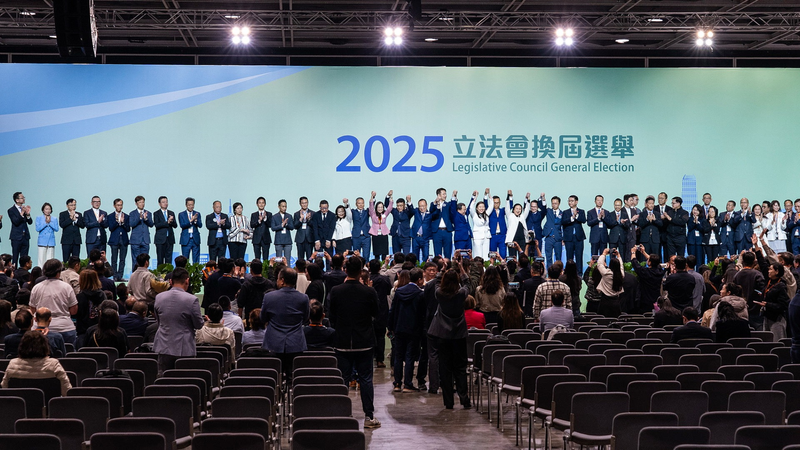China has recently introduced a vibrant set of policy measures aimed at boosting foreign reinvestment. In a coordinated effort led by seven key government departments—including the National Development and Reform Commission (NDRC), Ministry of Finance, Ministry of Natural Resources, Ministry of Commerce, the People’s Bank of China, State Taxation Administration, and the State Administration of Foreign Exchange—the Chinese mainland is streamlining procedures and offering tailored support to foreign-funded enterprises looking to expand their presence.
So, what does this mean in practice? 🤔 Companies can now enjoy simplified processes for setting up new entities, enhanced project support, and access to innovative financial products. Better financial and tax policies, efficient land allocation, and flexible leasing options are being introduced alongside pilot programs for improved investment information reporting. The goal is to offer a one-stop solution that meets both broad economic objectives and the specific needs of individual enterprises.
Liu Yue, Deputy Director of the NDRC's Institute for International Economic Research, explained, "These seven departments each oversee different but complementary areas. Together, they can ensure a coordinated and effective rollout of policies that meet both macro-level goals and enterprise-level needs."
On the demand side, China’s push for large-scale equipment upgrades and a nationwide campaign to replace aging consumer goods is already creating fresh market momentum. Strong export performance in the first half of the year has further unlocked global opportunities.
Official figures highlight growing investor confidence, with over 24,000 new foreign-invested enterprises established in the first five months of 2025—a 10.4% year-on-year increase. High-tech sectors, in particular, have surged, now accounting for more than 30% of the actual use of foreign investment.
On the supply side, deeper collaboration between foreign and local companies is key. An inspiring example is the partnership between a U.S. car maker and a Chinese supplier that co-developed an intelligent control system, a project that proved to be a hit with consumers. This kind of cross-cultural teamwork showcases how innovation can drive success in today’s fast-paced and interconnected world.
For young professionals and tech enthusiasts across South and Southeast Asia, these developments signal promising economic opportunities and a dynamic investment landscape that champions both technological advancement and cultural collaboration. Stay tuned for more updates on global trends shaping our future! 🚀🌏
Reference(s):
cgtn.com




